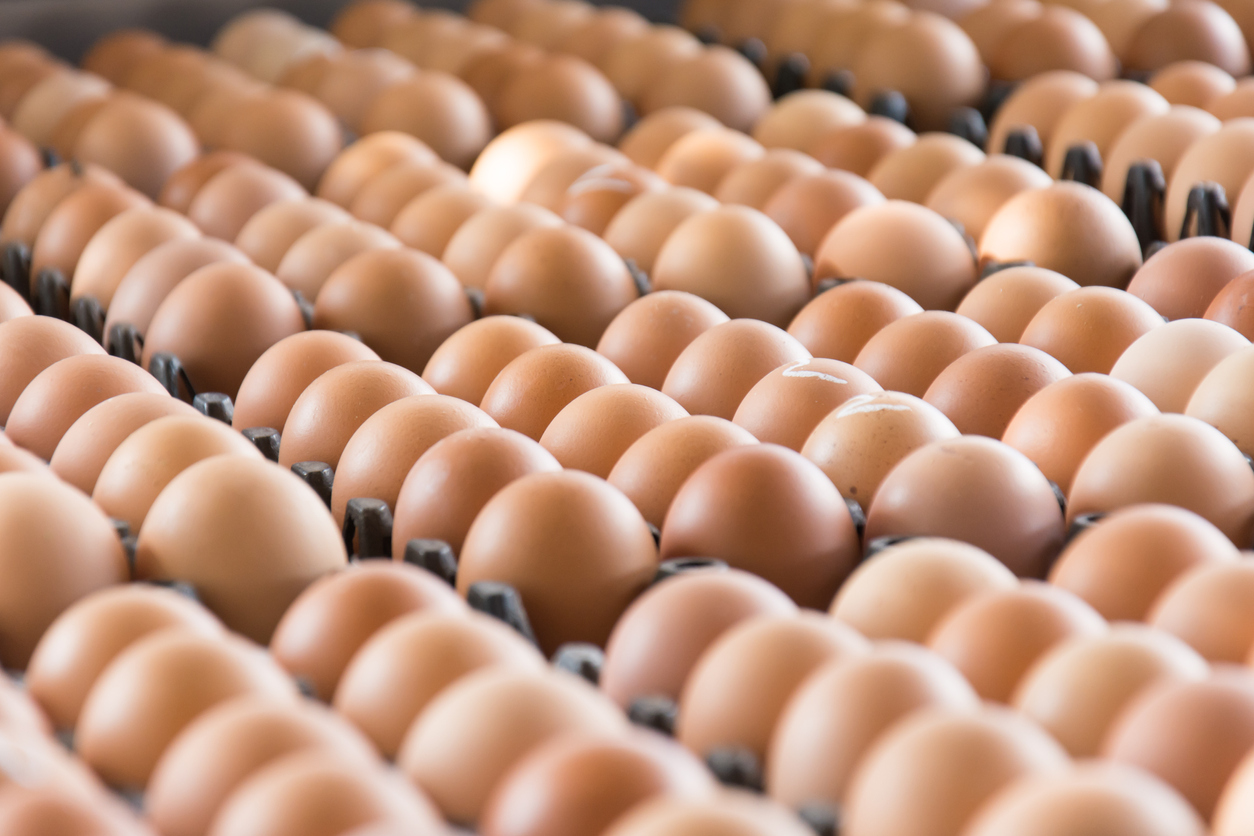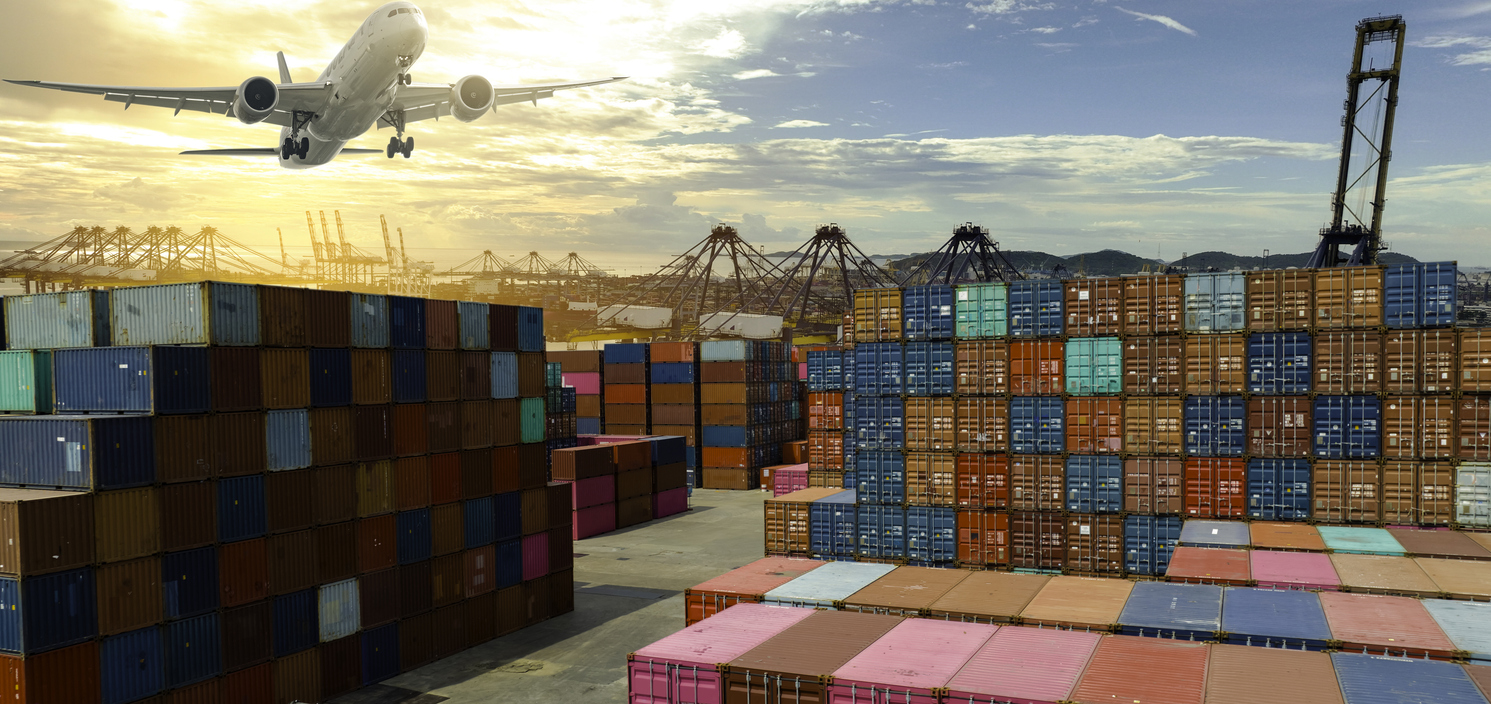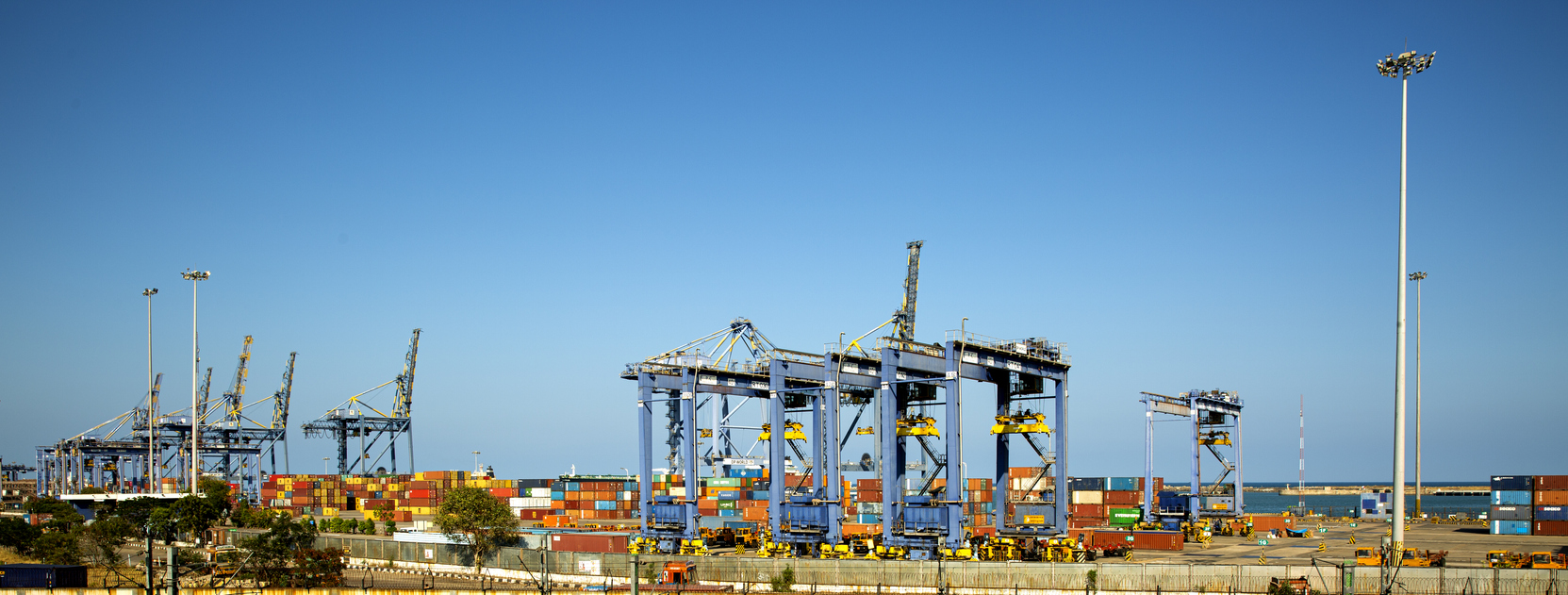The Economics of Eggs: Analyzing Supply and Demand Dynamics in China
The Economics of Eggs: Analyzing Supply and Demand Dynamics in China
Welcome to another fascinating dive into the world of economics! Today, we are cracking open a topic that might seem simple at first glance but holds immense significance in shaping global markets – eggs. That’s right, those humble oval wonders that grace our breakfast tables and find their way into countless recipes around the world. But today, we are zooming in on China – a country with an insatiable appetite for these protein-packed marvels. Join us as we delve deep into the economics of eggs and analyze the intricate supply and demand dynamics driving this booming industry in the Middle Kingdom. Get ready to scramble your mind with some egg-citing insights!
Introduction to the Egg Market in China
Introduction to the Egg Market in China
The egg market is a significant component of the agricultural sector in China, with eggs being a staple food for the majority of its population. China is currently the world’s largest producer of eggs, accounting for almost 25% of global egg production. It is also the world’s leading consumer, with an average annual consumption of over 300 eggs per person.
Historically, eggs have been an essential part of Chinese cuisine and culture. They are used in various dishes and are particularly popular during festivals and celebrations such as the Spring Festival (Chinese New Year). As a result, there has always been a high demand for eggs in China, making it a crucial aspect of its economy.
Supply and Production Dynamics
The supply side of the egg market in China is highly influenced by government policies and regulations. The government has implemented various measures over the years to ensure self-sufficiency in egg production and stabilize prices. One such policy is the “Chicken-to-egg” program launched in 1996, which aimed to increase domestic poultry production to meet rising demand for eggs.
This program led to significant developments in chicken farming techniques and resulted in an increase in supply. As a result, China’s egg production has increased from approximately 20 million metric tons (MT) per year in 1996 to over 42 million MT per year by 2018.
Overview of Supply and Demand Dynamics in the Chinese Egg Industry
The Chinese egg industry is a major player in the global market, producing over 30 million metric tons of eggs annually. This makes China the largest egg producer in the world, accounting for nearly one-fourth of the global supply. The country’s large population and growing demand for protein-rich foods have contributed to this exponential growth in the egg industry.
Supply Dynamics:
The supply of eggs in China is primarily driven by small-scale farmers who rear chickens and sell their eggs to local markets. In recent years, there has been a shift towards commercialization with larger farms utilizing modern technology and techniques to increase productivity. These developments have led to an increase in overall egg production and a decrease in prices.
However, despite this increase in supply, there are still challenges faced by the Chinese egg industry. Disease outbreaks such as avian influenza and other health concerns have led to fluctuations in production levels and caused disruptions within the supply chain. Additionally, strict regulations on food safety standards have also impacted smaller farms that may not have access to advanced technologies or resources.
Demand Dynamics:
Eggs are a staple food item in China, with per capita consumption averaging around 22 kilograms per year. The increasing trend towards healthy eating habits has further boosted demand for eggs as they are considered a nutritious source of protein. Eggs are also used extensively by food manufacturers as an ingredient in various products such as noodles, cakes, and pastries.
Factors Affecting Egg Prices in China
There are several key factors that can affect egg prices in China. These include supply and demand dynamics, production costs, government policies, and external market forces. In this section, we will delve deeper into these factors to understand their impact on the price of eggs in China.
1. Supply and Demand Dynamics:
The most significant factor affecting egg prices in China is the balance between supply and demand. When there is an increase in consumer demand for eggs, but the supply remains constant or decreases, it can lead to an increase in prices due to scarcity. Similarly, if there is a decrease in consumer demand while the supply remains high, it can result in a decline in egg prices.
In recent years, there has been a growing demand for eggs in China due to its increasing population and changing dietary habits. Eggs are considered a staple food and are consumed daily by most Chinese households. This consistent demand has put pressure on producers to keep up with the supply of eggs.
2. Production Costs:
Another essential factor affecting egg prices is the cost of production. Factors such as feed prices, labor costs, transportation expenses, and energy costs can all impact the overall cost of producing eggs. If any of these input costs increase significantly, producers may be forced to raise their prices to maintain profitability.
The cost of feed is especially crucial as it accounts for over 70% of total production costs for egg farmers in China. Any fluctuations or increases in feed prices can have a significant impact on egg pricing.
Government Policies and Regulations Impacting the Egg Market
The egg market in China is heavily influenced by government policies and regulations. The Chinese government has implemented various measures to regulate the production, distribution, and consumption of eggs in order to ensure food safety and stabilize prices. In this section, we will explore the key policies and regulations that have impacted the egg market in China.
1. Food Safety Regulations
In recent years, there has been a growing concern over food safety in China due to several high-profile food scandals. As a result, the government has implemented strict regulations on the production and distribution of eggs to ensure their safety for consumers. These regulations include guidelines for hygiene standards in egg farms, regular inspections of production facilities, and testing for contaminants such as antibiotics or heavy metals.
These regulations have led to increased costs for egg producers as they need to invest in better facilities and equipment to meet the standards set by the government. This has also resulted in higher prices for consumers as these additional costs are passed on through higher retail prices.
2. Egg Quality Standards
The Chinese government has also set quality standards for eggs produced within the country. These standards specify factors such as size, color, freshness, and nutritional content that must be met by all producers. Eggs that do not meet these standards are not allowed to be sold in the market.
This policy has had a significant impact on smaller egg producers who may struggle to meet these stringent requirements.
Comparison of Egg Prices in China with Other Countries
Introduction:
Eggs are a staple food in many countries around the world, and China is no exception. In recent years, China has become the largest producer and consumer of eggs globally. With such high demand, it is essential to understand how egg prices in China compare to other countries. In this section, we will analyze the factors that influence egg prices in China and compare them with other countries.
Factors Affecting Egg Prices:
Several factors can affect egg prices, including supply and demand dynamics, production costs, trade policies, and market competition. Let’s take a closer look at each of these factors and see how they impact egg prices in China compared to other countries.
Supply and Demand Dynamics:
The law of supply and demand plays a crucial role in determining egg prices both within China and globally. With its large population of over 1.4 billion people, there is always a strong demand for eggs in China. On average, each Chinese person consumes approximately 300 eggs per year.
On the supply side, China produced over 33 million metric tons of eggs in 2020 alone – accounting for almost one-third of global production. This significant production output helps meet domestic demand; however, it also creates an oversupply situation leading to lower prices.
In comparison, other major egg-producing countries like the United States (US), India, Brazil have relatively lower production outputs but still maintain stable domestic pricing due to efficient distribution channels and export opportunities.
Future Outlook for the Chinese Egg Market
The future outlook for the Chinese egg market is a topic of great interest and importance, as the country is both the world’s largest producer and consumer of eggs. With a population of over 1.4 billion people, China’s demand for eggs is expected to continue growing in the coming years.
One of the key factors driving this growth is the increasing urbanization and rising disposable income levels in China. As more people move to cities and their purchasing power increases, there is a greater demand for protein-rich foods such as eggs. Additionally, with China’s aging population, there has been a shift towards healthier eating habits, further fueling the demand for eggs.
On the supply side, China has made significant strides in modernizing its egg production industry. The majority of egg production in China used to come from small-scale farms with limited technology and resources. However, in recent years, there has been a push towards larger-scale commercial farms that utilize advanced technologies such as automated feeding systems and temperature-controlled facilities.
This shift towards industrialized production has led to an increase in efficiency and productivity within the Chinese egg market. According to data from Statista, annual egg production reached over 33 million metric tons (MT) in 2020 – an almost tenfold increase compared to just two decades ago.
Despite this growth, challenges remain for the Chinese egg market. One major concern is food safety issues due to widespread use of antibiotics and other additives in poultry farming.
Consumer Behavior and Purchasing Patterns for Eggs in China
Consumer Behavior and Purchasing Patterns for Eggs in China
The consumption of eggs has been an integral part of the Chinese diet for centuries, with China currently being the world’s largest producer and consumer of eggs. In recent years, however, there have been significant shifts in consumer behavior and purchasing patterns for eggs in China. These changes are driven by various factors such as income levels, urbanization, changing dietary preferences, and increasing health consciousness among consumers.
One major trend that has emerged is the increasing demand for high-quality eggs. As Chinese consumers become more health-conscious, they are willing to pay a premium price for organic, free-range or hormone-free eggs. This shift towards healthier options can be attributed to rising concerns about food safety and environmental sustainability.
Another factor influencing consumer behavior is income levels. With a growing middle class in China, there has been a rise in disposable income which has led to an increase in egg consumption. Higher incomes also mean that consumers are willing to pay more for premium quality eggs.
Urbanization is another significant driver of changing purchasing patterns for eggs in China. As more people move from rural areas to cities, there is a shift towards processed and convenience foods. This trend has resulted in an increased demand for value-added egg products such as pre-packaged boiled or peeled eggs.
In addition to these trends, demographic changes have also played a role in shaping consumer behavior towards egg consumption.
Challenges and Opportunities for Egg Producers in China
Challenges and Opportunities for Egg Producers in China
Egg production in China is a major industry, with the country being the world’s largest producer of eggs. However, this booming industry also faces several challenges and opportunities that shape its supply and demand dynamics.
One of the main challenges faced by egg producers in China is overcapacity. The country has seen a significant increase in egg production over the years, leading to an oversupply situation. This has resulted in a downward pressure on prices, making it difficult for small-scale producers to compete with larger commercial farms.
Another challenge for egg producers is food safety concerns. In recent years, there have been several incidents of food contamination and outbreaks of diseases among poultry flocks which have raised concerns about the safety of eggs produced in China. This has led to a decline in consumer confidence and demand for eggs not only domestically but also internationally.
Furthermore, rising feed costs have added to the challenges faced by egg producers. Feed accounts for around 70% of the total production cost of eggs, and any fluctuations in feed prices can significantly impact profitability. With increasing demand for meat products, competition for feed resources has intensified, driving up costs for egg producers.
On the other hand, there are also significant opportunities for egg producers in China. One such opportunity lies in meeting the growing demand for high-quality protein sources among a rapidly growing middle class population.
Conclusion: The Role of Economics in Understanding Egg Prices in China
Conclusion: The Role of Economics in Understanding Egg Prices in China
In this article, we have explored the complex dynamics of egg supply and demand in China, and how they impact the prices of eggs. Through analyzing various factors such as production, consumption patterns, government policies, and international trade, it is evident that economics plays a crucial role in understanding egg prices in China.
Firstly, the increasing population and rising incomes in China have led to a significant increase in demand for eggs. As more people are able to afford protein-rich food sources like eggs, the demand for them has skyrocketed. This rise in demand has been further fueled by changing dietary preferences towards healthier options and a growing trend of consuming animal-based products.
On the other hand, there are several supply-side factors that influence egg prices. One major factor is the cost of production. With labor costs increasing due to urbanization and inflation, it becomes expensive for farmers to produce eggs at competitive prices. Additionally, fluctuations in feed prices can also impact the cost of producing eggs.
Moreover, government policies such as subsidies and price controls also play a significant role in determining egg prices. In recent years, the Chinese government has implemented policies to support small-scale farmers by providing subsidies for animal feed and equipment purchases. These subsidies help reduce production costs for farmers which can ultimately lead to lower egg prices for consumers.








Comments are closed.